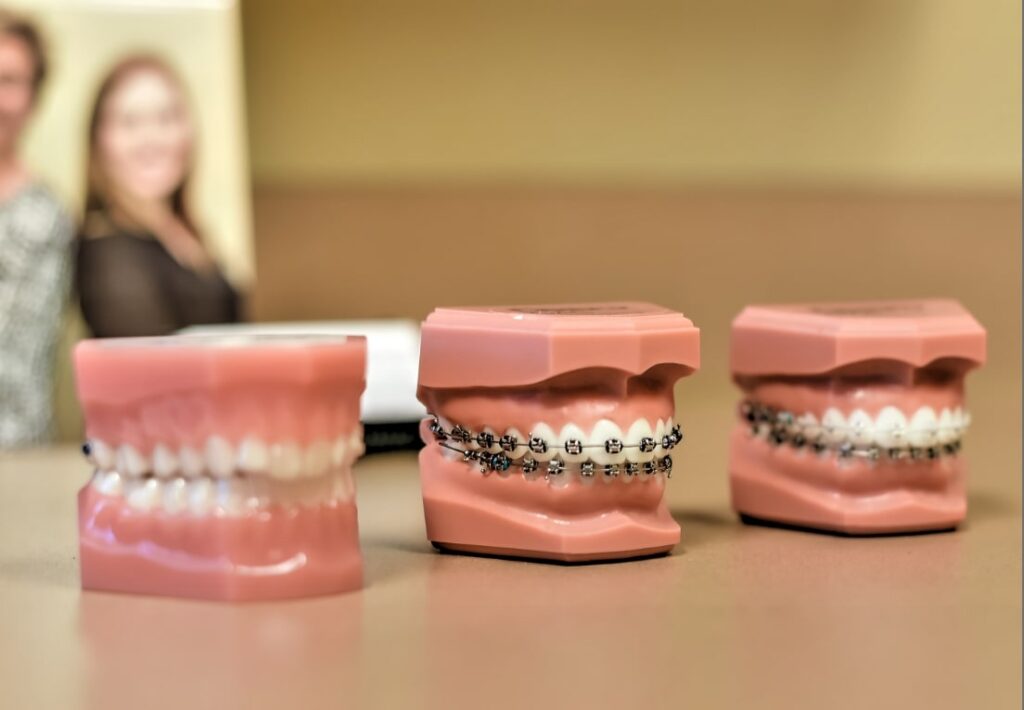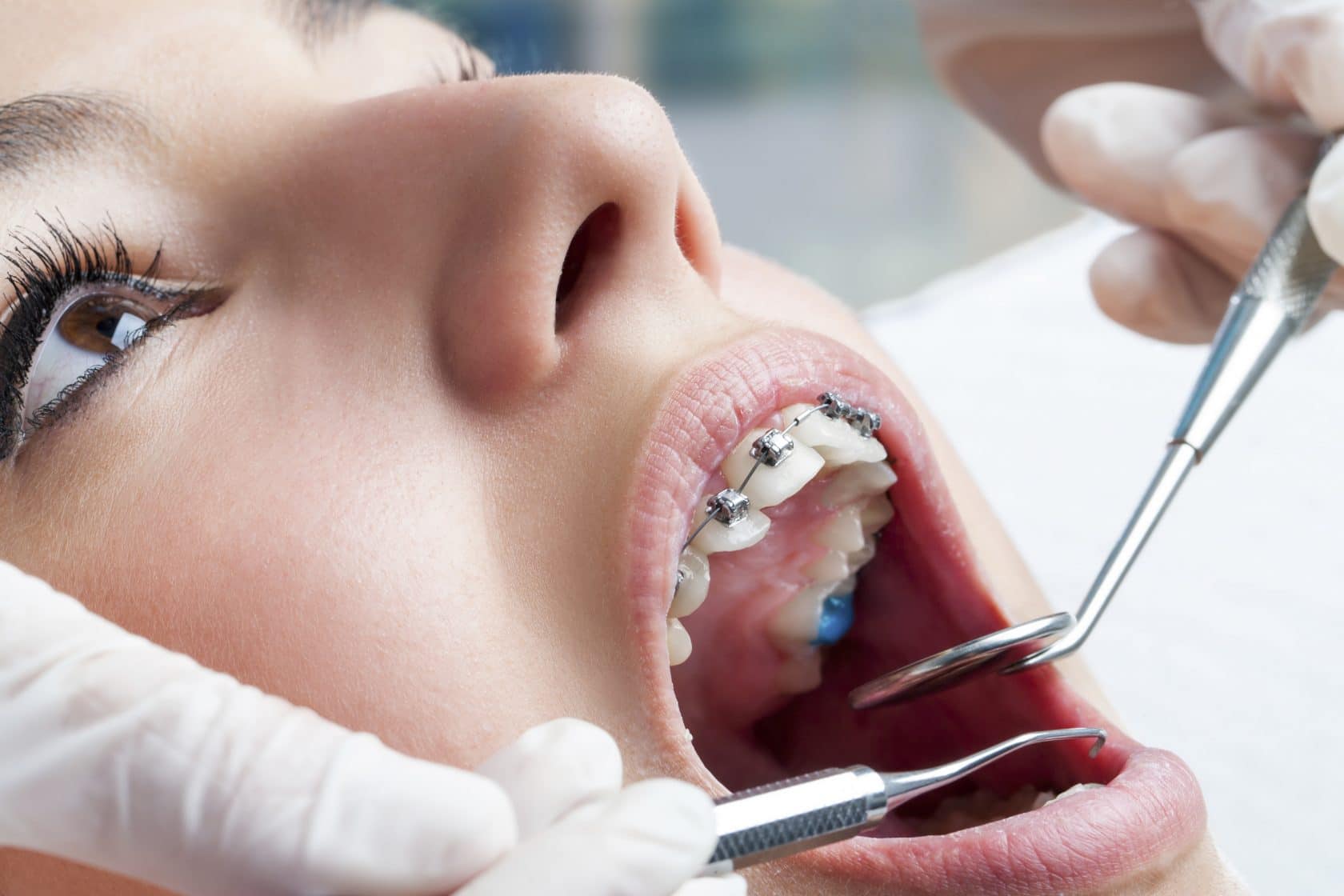Picking the very best Cumming Orthodontics for Effective Braces and Aligners Solutions
Picking the very best Cumming Orthodontics for Effective Braces and Aligners Solutions
Blog Article
Comprehensive Guide to Orthodontics Procedures for Correcting Oral Imbalances
Comprehending the complexities of each treatment, including their systems, advantages, and potential downsides, is important in making educated decisions regarding one's orthodontic therapy. As we navigate via the detailed guide to orthodontic treatments for fixing dental imbalances, the detailed information of each method will certainly unfold, losing light on the path toward a practical and unified dental placement.
Orthodontic Procedures Summary

Along with clear aligners and conventional dental braces, orthodontists may also recommend other interventions like headwear, palatal expanders, or retainers to deal with particular positioning problems (cumming orthodontics). These treatments are customized to every person's unique demands and might entail a mix of treatments to achieve the wanted results. Normal changes and monitoring are crucial components of orthodontic treatment to make sure development gets on track and to make any type of needed alterations in the process. By going through orthodontic procedures, clients can not just attain a straighter smile but additionally boost their overall dental health and wellness and function.
Standard Braces: Just How They Function
When taking into consideration orthodontic treatments for dental misalignments, conventional dental braces stand out as a tried and true approach for remedying teeth placing. Standard braces contain brackets, cables, and bands that interact to use continuous pressure on the teeth, gradually relocating them right into the desired alignment. The brackets are affixed to the teeth utilizing a special adhesive, and the wires are threaded through the braces. By readjusting the stress of the wires, orthodontists can control the instructions and force put on each tooth, leading them right into correct placement with time.
As pressure is used to the teeth with the dental braces, the bone surrounding the teeth is improved to sustain the brand-new tooth positions. People will certainly require regular changes at the orthodontist's workplace to make sure the braces proceed to apply the proper pressure for reliable teeth movement.
Invisible Aligners: Advantages And Disadvantages
Unseen aligners use a hassle-free and discreet option to conventional braces for remedying oral misalignments. These clear, customized trays are essentially unnoticeable when worn, making them an appealing choice for people seeking an extra cosmetically pleasing orthodontic therapy. One of the primary advantages of unnoticeable aligners is their removability, enabling easier upkeep of oral health compared to typical braces. Individuals can get rid of the aligners before consuming or brushing their teeth, lowering the danger of food getting stuck in the home appliance and streamlining the cleansing process.

Surgical Orthodontic Options
Surgical interventions in orthodontics existing viable choices for addressing complicated dental imbalances that may not be properly fixed through traditional orthodontic treatments. While standard braces and undetectable aligners can remedy numerous orthodontic problems, particular cases need medical treatment to achieve optimum results. Surgical orthodontic choices are generally recommended for serious malocclusions, substantial jaw disparities, and cases where the underlying bone framework needs alteration to achieve correct alignment.
One typical medical orthodontic treatment is orthognathic surgery, which involves repositioning the jaws to fix practical concerns such as difficulty talking or chewing. This surgical procedure is frequently carried out in collaboration with an orthodontist who assists straighten the teeth prior to and after the treatment. Surgical orthodontics may additionally involve procedures to subject affected teeth, eliminate excess periodontal tissue, or improve the jawbone to develop an extra harmonious face profile.
Before thinking about medical orthodontic choices, individuals undergo a thorough evaluation to determine the necessity and potential benefits of such interventions. orthodontist. While surgical treatment might appear challenging, it can dramatically boost both the feature and aesthetics of the smile in instances where standard orthodontic therapies fail
Retainers and Post-Treatment Treatment

Failing to conform with post-treatment treatment instructions can result in regression, where the teeth gradually relocate back towards their initial placements. Consistent retainer wear, excellent oral health, and normal dental exams are important for keeping the results accomplished with orthodontic surgical procedure and guaranteeing the lasting stability of the remedied oral alignment.
Verdict
In conclusion, orthodontic procedures offer numerous options for remedying oral misalignments. Conventional dental braces make use of metal brackets and wires to change teeth into proper positioning. Unseen aligners offer a more very discreet have a peek at this site choice but might not appropriate for all cases. Surgical orthodontic choices are readily available for extra serious imbalances. Retainers are generally used post-treatment to maintain the new positioning. Overall, orthodontic treatments can properly improve dental health and wellness and visual appearance.
As we navigate through the comprehensive overview to orthodontic treatments for dealing with oral imbalances, the cosmetic dentistry elaborate details of each approach will certainly unravel, losing light on the course toward a useful and unified oral positioning. - cumming orthodontics
One of the most usual orthodontic therapies is the use of braces, which are composed of metal brackets and cords that use mild pressure to slowly shift teeth right into the preferred setting.When thinking about orthodontic treatments for oral misalignments, conventional braces stand out as a reliable technique for fixing teeth placing. Furthermore, unnoticeable aligners may not be ideal for complicated orthodontic problems that call for even more considerable teeth movement, as they are usually advised for light to moderate instances. Retainers are tailor-made orthodontic devices made to hold teeth in their remedied positions after the conclusion of orthodontic treatment.
Report this page